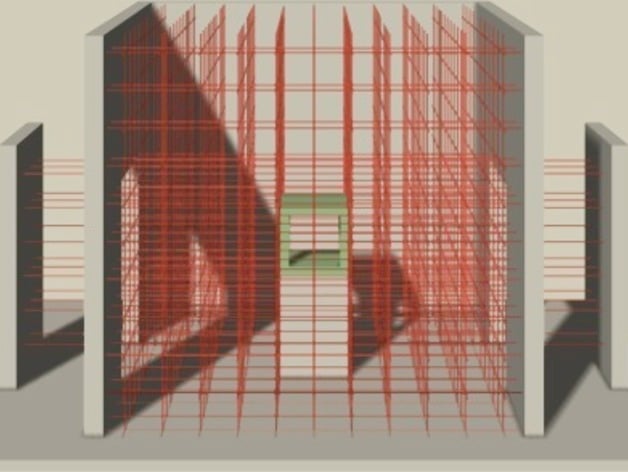
The Recursive Observatory: A Derivative of Space and Time
thingiverse
3D printing's unique capability lies in its ability to transform a single material into countless forms and repeating these operations allows for the variation of form over time. This exhibit showcases this feature by displaying a 3-D plot, created by sensors placed in a 3-D grid pattern, which represents audience movement within the space. The Thing-O-Matic machine processes this data, translating it into a printable 3-dimensional form. Sphere shapes at axial intersections indicate density of flow. A cost-effective way to build the sensor grid is by modifying an Arduino project that utilizes laser tripwires. To ensure safety, focused light or low-power pulsating lasers can be used instead of conventional lasers.
With this file you will be able to print The Recursive Observatory: A Derivative of Space and Time with your 3D printer. Click on the button and save the file on your computer to work, edit or customize your design. You can also find more 3D designs for printers on The Recursive Observatory: A Derivative of Space and Time.
